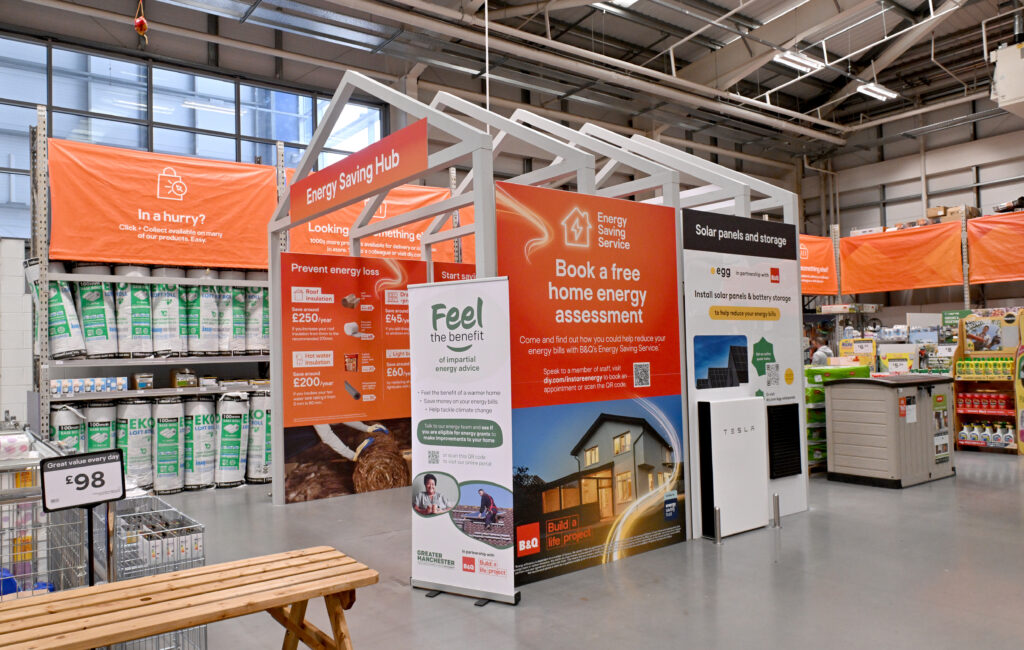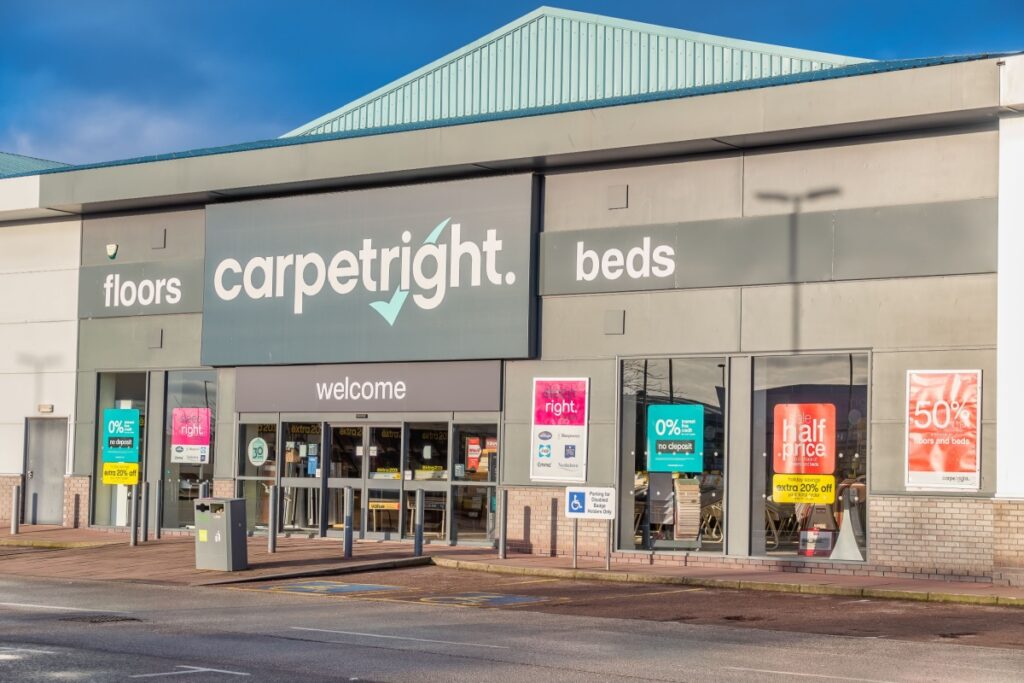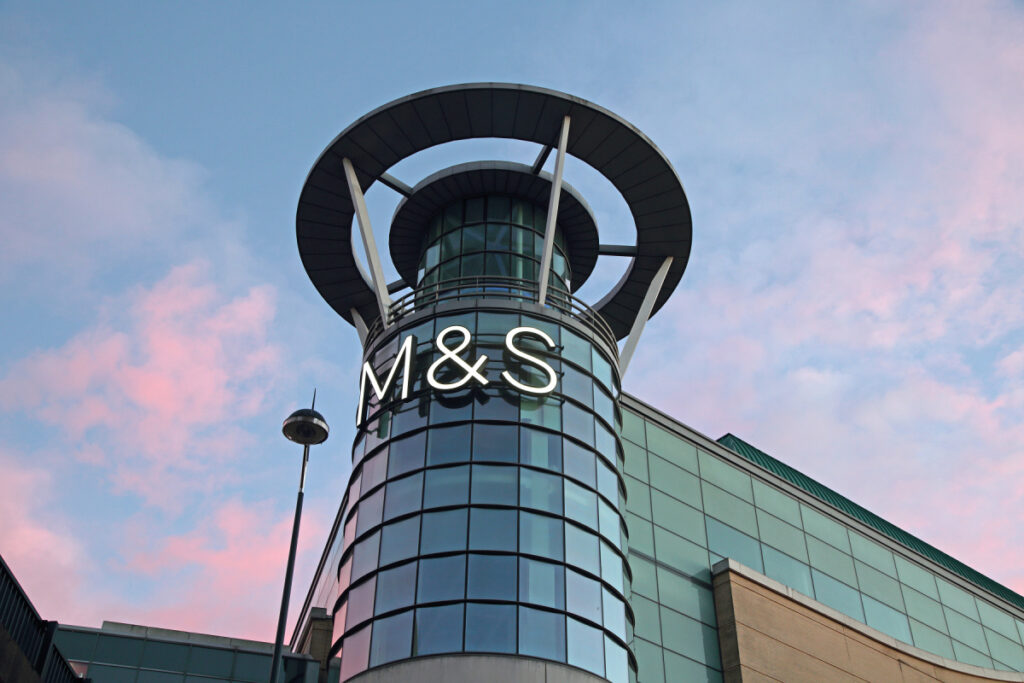Beacons have been making waves in the retail world for a while now, and for good reason: these trendy devices are arming brick-and-mortar stores with data and personalisation tools that were only previously available to online merchants.
Beacons not only enable retailers to gather more intel on their in-store traffic (i.e. dwell time, peak hours, parts of the store that are getting the most and least traffic), they also enable merchants to personalize the shopping experience through offers and notifications tailored to each shopper‘s previous behavior or location in the store.
Plenty of retailers have already deployed the technology and have seen good results. Macy‘s, for example, which tested beacons in select stores in New York and San Francisco, announced that it would be rolling out the technology across all its stores, indicating that its tests were successful.
Meanwhile, the blog 9to5Mac also reported that inMarket, a solutions provider that installed beacons in grocery stores, has seen a 19% increase in interactions with advertised products, and the “App usage was 16.5x greater for users who received a beacon message vs those who did not.”
Clearly, more and more retailers are seeing the value in beacons, which is why in the coming months, we can expect more businesses to adopt the technology.
That said, it‘s important to note that implementing beacons successfully isn‘t just about installing the devices in your stores and sending notifications. As you‘ll find out below, effective beacon initiatives require investments, not just in the technology, but also in your staff, integrations, and relationships.
If you‘re thinking of adding beacons to your store, here are a few things you can do to get the most out of them:
1. Give your staff sufficient training
Give your employees “beacon training” prior to unveiling the technology in your store. Make sure they know how the solution works so they can explain it to your customers.
In addition to orienting your staff on the basics and technicalities of beacons, you should also teach them how to derive insights and actions from the technology. Beacons won‘t work (very well) unless your employees do, so retailers must empower their staff to be more proactive with the technology.
Let‘s say your in-store beacon alerts your associates when a returning customer walks into your shop. In this instance, your staff should take note and see if there‘s anything they can do to improve the experience of that particular customer, rather than just letting the beacon do all the work. They can for instance, look at the shopper‘s purchase history and use that information to tailor their approach or help them find what they‘re looking for.
2. Integrate the technology with your existing solutions
Some beacon providers can connect with third party applications, so when considering a solution, you may want to opt for a program that can integrate with your existing software. In other words, see if you can get your apps “talking” to each other. Doing so will enable you to add functionalities to your beacon solution and allow you to offer a richer shopping experience to your customers.
Take for instance, Swarm Portal, a device that uses BLE technology to provide in-store analytics. By itself, Portal can analyze a location‘s foot traffic, allowing merchants to spot trends and make data-backed decisions. But Swarm Portal can also be linked to other software, enabling users to get more functionality. It has, for example, the capabilities to integrate with other POS systems, so retailers can incorporate their foot traffic data with actual sales, and thus monitor conversion rates more effectively.
3. Consider partnership opportunities with stores in the vicinity
Retailers who have shops in malls or shopping centers should consider implementing beaco
RELATED STORIES

















